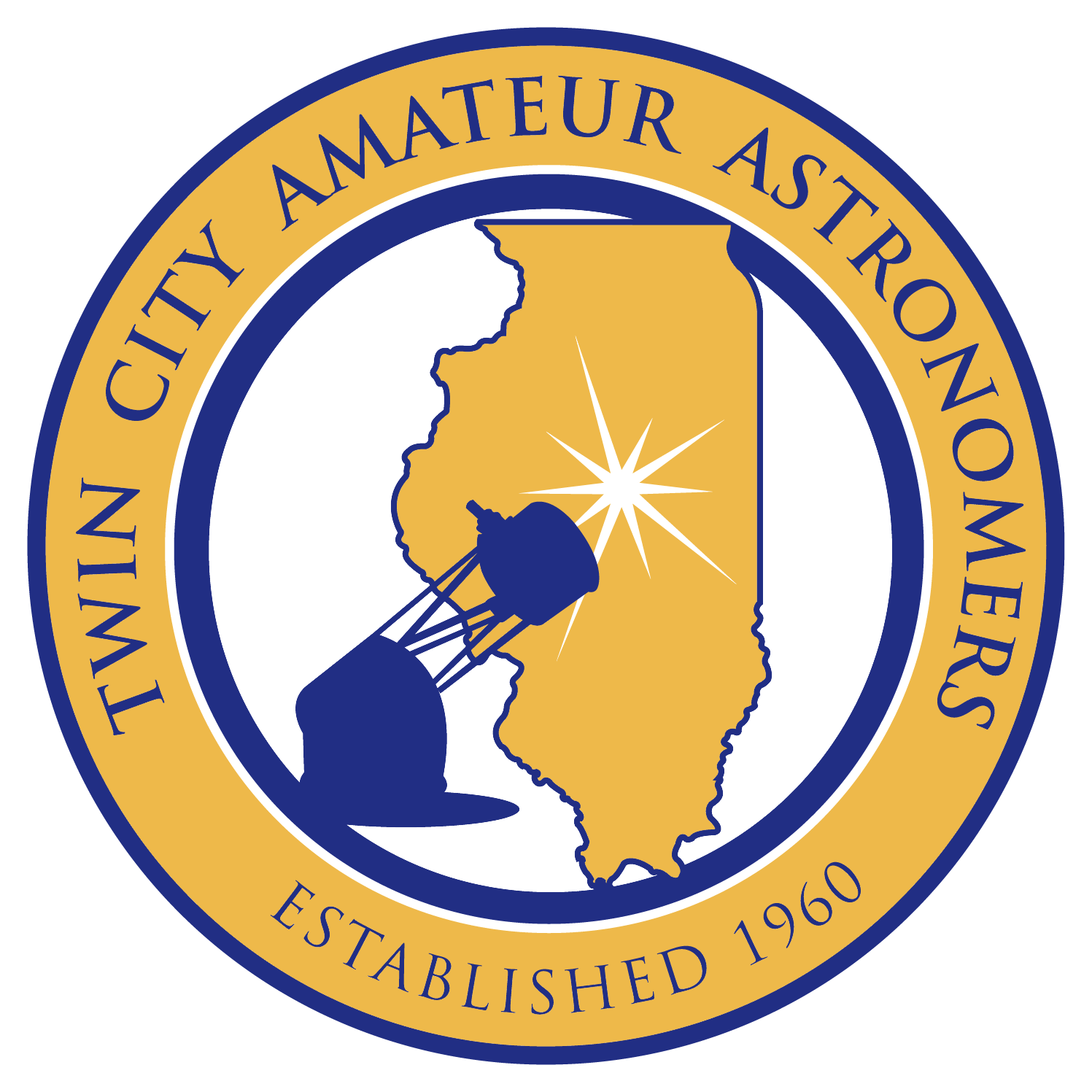Sugar Grove Observatory
The telescope housed under the dome of the Sugar Grove Observatory is a large aperture, medium field, medium power astrophotographic telescope. The advantage of this telescope is that it can photograph anywhere in the sky as it is not “hemmed in” by 7-foot-high walls as are the telescopes in PSO.
Prairie Sky Observatory
The telescopes here include the following: A medium aperture, low power, wide field astrophotographic telescope. This telescope is best suited for wide fields of view, typically 2.5 degrees by 2.5 degrees square given the focal ratio of the telescope and the imaging chip which is the heart of the CCD camera attached to it. A medium aperture, variable power, visual telescope. This telescope has a variable hand- or computer-controlled mount that can find any of 40,000 objects in its database with the click of a button. Alternatively, a wireless system can be used with an iPhone, iPod, or iPad to control this telescope. With the use of an appropriate filter, this telescope can be easily modified for white light solar viewing. This telescope can also be outfitted with a video camera for capturing movies of the sun, moon, and planets. A large aperture wide field, low power astrophotographic telescope. The larger aperture of this telescope allows it to capture more light than the medium aperture telescope and is especially valuable when working with narrow-band photography. A large aperture, mid field, medium power astrophotographic telescope. The larger aperture of this telescope is used to capture images of the faintest celestial objects. Today we can take the same photographs as the world’s largest telescopes only a generation ago. The PSO's visual telescope can be easily replaced with a small aperture refracting telescope with a hydrogen-alpha filter for viewing the sun’s chromosphere where immense solar prominences can be observed extending upward from the edge of the sun. Similarly, huge filaments can be observed here and there over the disk of the sun. All astrophotographic telescopes in club observatories are outfitted with filter wheels and cameras that allow for the capture of exquisite images. Recent experiences have shown that TCAA's larger telescopes are able to rival the work of some of the world’s professional observatories only a generation ago.
Personal Viewing Equipment
Personal telescopes within the club abound. These range from smallish reflectors and refractors to medium aperture instruments commonly of the 8-inch, 10-inch, or 11-inch variety. One member even owns an 18-inch aperture portable telescope – so large that it has to be carried about in a trailer of its own.
